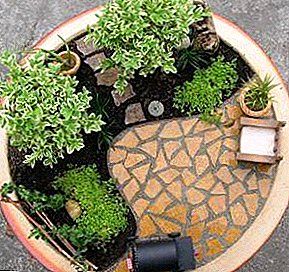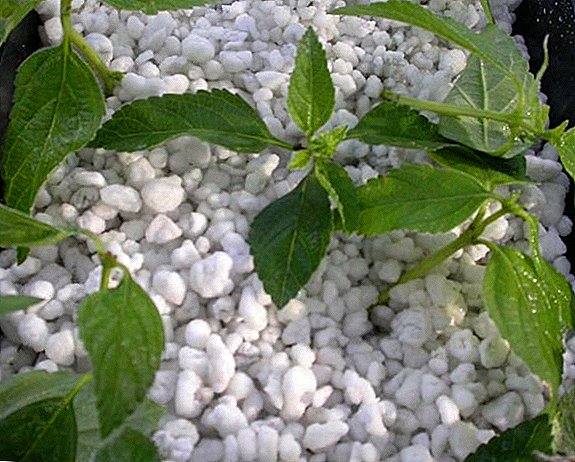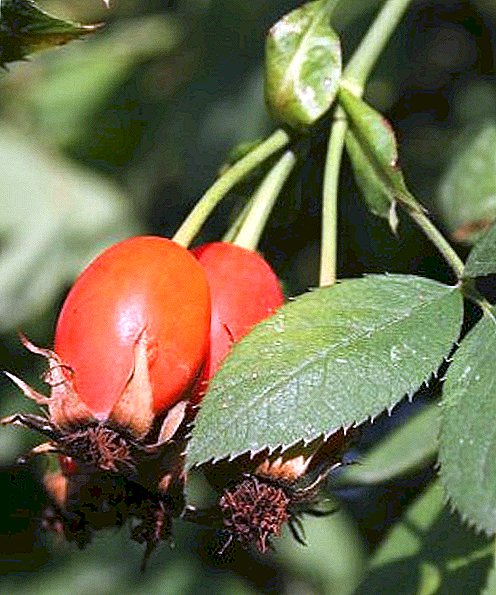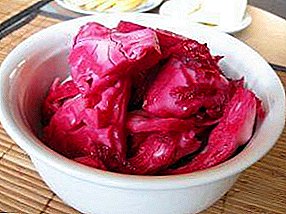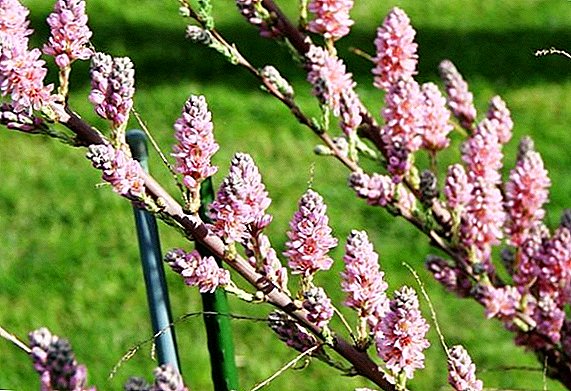 Myrikaria foxtail is a rare shrub that can reach a height of about two meters. It tolerates severe cold. Myricaria has an interesting description. The decorative coniferous plant outwardly represents a sprawling bush with red or yellow-brown shoots. The leaves completely cover the twigs and have a peculiar scale-like shape. Sheet-plate silver color with blue tint. Inflorescences spike-shaped and pink.
Myrikaria foxtail is a rare shrub that can reach a height of about two meters. It tolerates severe cold. Myricaria has an interesting description. The decorative coniferous plant outwardly represents a sprawling bush with red or yellow-brown shoots. The leaves completely cover the twigs and have a peculiar scale-like shape. Sheet-plate silver color with blue tint. Inflorescences spike-shaped and pink.
Myricaria is an unpretentious plant, so its planting will have no difficulty.
Choosing a landing site
Place for planting ornamental shrubs should be sunny and protected from the winds. In the partial shade, the plant will also feel good, but the flowering will not be very abundant, and the flowers will be dull. To the soil bush not exacting. But the best option for landing would be drained loams. Myrikaria tolerates small flooding, and is also a drought-resistant shrub.
Important! The root system of myricardia is small, weak-core, so on the sandstone the bush will suffer from drying of the upper layers of the soil.

Features planting bushes
For planting, it is necessary to prepare pits having a diameter and depth of about 45 cm. Those plants that have reached the age of two years take root better. When disembarking, it is necessary to adhere to the distance between the bushes of about 1.5 m, since they expand very strongly in width.
In your garden you can plant other coniferous plants: spruce, fir, juniper, cedar, cypress, larch, pine, thuja, kupressotsiparis, cryptomere, yew.
It is important that the root neck is at ground level. If the soil is not fertile at all, you can use a mixture that consists of peat, coniferous soil and sand.
On clay soils it is better to make drainage from pieces of brick and sand, and lay out a layer of about 20 cm.

Important! When buying seedlings need to be very careful. There is a plant similar to myricaria in appearance - tamariks. But it does not tolerate cold and requires some care.
Myrikarius foxtail: care features
This shrub will be the best choice for those who do not like or do not have the ability to care for plants, but wants the site to be beautiful. Mirikariya is very resistant to diseases and pests, so the process of caring for it is not difficult.
Did you know? Scale-like or narrowly linear leaves are not all conifers, but only living in temperate latitudes of the earth. In conifers, which were formed in a subtropical or tropical climate, the leaves are lanceolate.
Watering
To ensure abundant flowering shrubs, it is necessary water regularly. If there is no rain, then this should be done once every two weeks, using 10 liters of water per plant. The frequency of irrigation depends entirely on weather conditions and the level of soil drying out.
Loosening and mulching the soil
To ensure a rich color of the leaves, you need to mulch the shrub every spring. To do this, it is necessary to apply organic fertilizers, such as peat, humus and mineral fertilizers.

And in the summer you can feed the bush about two times with liquid fertilizers, for example, infusion of mullein or fermented grassy infusion. With a strong compaction of the soil around the shrub, it needs to be loosened shallowly.
A haircut
Myrikari foxtail needs pruning. If you do not carry out this procedure, in 7-8 years the shrub will stiffen and lose its beautiful appearance.
Very beautifully, myrikaria foxtail will look like a background of "carpet" flowers: begonia, alissum, breeze, clove feathery, coleus, lobelia, stonecrop, periwinkle, rookelle, euonymus, phloxes.
Cut the plant should be twice a year. Spring haircut includes pruning frozen and dead twigs, and in the fall the plant is given a decorative shape.
Wintering
Although this ornamental shrub and winter-hardy, you still need to prepare it for the cold. From the weight of the snow branches can break, so they need to bind. If the plant is still young, then it is bent to the ground.

Reproduction by cuttings
Best of all, myrikaria is foxtail surviving with propagation by cuttings. They are harvested in the summer, in the period of mass flowering. To do this, cut the stems of the lower part of the plant. Then lower them for 1-3 hours in a water-alcohol solution of growth stimulants. Plant cuttings can be in special containers. Or planted directly into the ground, covering them with plastic film or plastic bottles. If done correctly, the rooted cuttings will be more than 75%.
Did you know? The needles of many trees and shrubs have a large amount of vitamin C.
Use in garden design
Myrikaria foxtail is a great solution for any garden. The blossoming conifer well looks as in loneliness, and in group plantings.

It is planted near fountains, decorative ponds and lakes. It is very well combined with coniferous and deciduous plants, as well as with shrubs, blooming pink and red hues.
Myricardia Foxtail can be a bright decoration of any garden composition.


